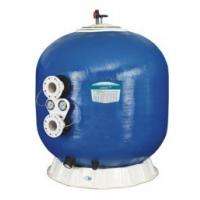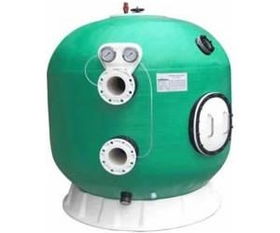Commercial Sand: A Comprehensive Guide
Commercial sand, often referred to as industrial sand, is a versatile material that finds its way into numerous industries. Its unique properties make it an essential component in various applications. Whether you’re looking to understand its composition, uses, or the process of obtaining it, this guide will provide you with a detailed overview.
Composition of Commercial Sand

Commercial sand is primarily composed of silicon dioxide (SiO2), which is the main component of quartz. This mineral is abundant in nature and is the reason why sand is so widely available. The purity of the sand can vary depending on its source, but most commercial sand has a high quartz content, making it suitable for various industrial applications.
Types of Commercial Sand

There are several types of commercial sand, each with its unique properties and applications. Here are some of the most common types:
| Type | Composition | Applications |
|---|---|---|
| Quartz Sand | High quartz content | Foundry, glass manufacturing, and construction |
| Silica Sand | High silicon content | Foundry, glass manufacturing, and construction |
| Silica Flour | Finely ground silica sand | Paints, adhesives, and ceramics |
| Play Sand | Low iron content | Playgrounds, sandboxes, and landscaping |
Applications of Commercial Sand

Commercial sand is used in a wide range of industries due to its unique properties. Here are some of the most common applications:
-
Foundry: Sand is used to create molds for metal casting. The high quartz content of commercial sand ensures that the molds are durable and can withstand the high temperatures required for metal casting.
-
Construction: Sand is an essential component in concrete, mortar, and asphalt. It provides strength and stability to these materials, making them suitable for various construction projects.
-
Glass Manufacturing: Commercial sand is used to produce glass products. The high quartz content ensures that the glass is clear and durable.
-
Landscaping: Play sand is used in landscaping to create pathways, sandboxes, and other decorative elements.
-
Water Filtration: Sand is used in water filtration systems to remove impurities and contaminants from water.
Obtaining Commercial Sand
Commercial sand is obtained from natural sources, such as riverbeds, beaches, and quarries. The process of obtaining commercial sand involves several steps:
-
Extraction: Sand is extracted from its natural source using various methods, such as dredging, mining, or washing.
-
Processing: The extracted sand is then processed to remove impurities and increase its purity. This process may involve washing, screening, and crushing the sand.
-
Quality Control: The processed sand is tested for its purity and properties to ensure it meets the required standards.
-
Packaging and Distribution: The final product is packaged and distributed to various industries for use.
Environmental Impact
While commercial sand is a valuable resource, its extraction and processing can have environmental impacts. Here are some of the potential environmental concerns:
-
Water Usage: Sand extraction and processing can require large amounts of water, which can be a concern in areas with limited water resources.
-
Land Disturbance: Mining and dredging operations can disrupt natural habitats and ecosystems.
-
Contamination: Improper disposal of waste materials from sand processing can lead to soil and water contamination.
As awareness of these environmental concerns grows, the industry is working to develop more sustainable practices for obtaining and processing commercial sand.
Conclusion
Commercial sand
